Giant airplane sized asteroid just passed close to Earth; NASA reveals speed and size
A giant airplane sized asteroid of 95-foot has passed Earth at a fiery speed, NASA informed. Know if it impacted the planet.
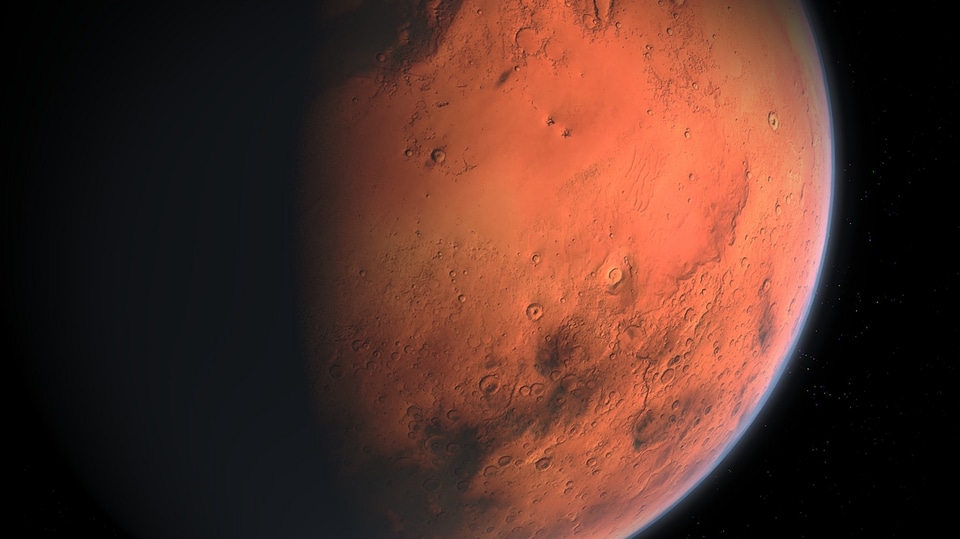
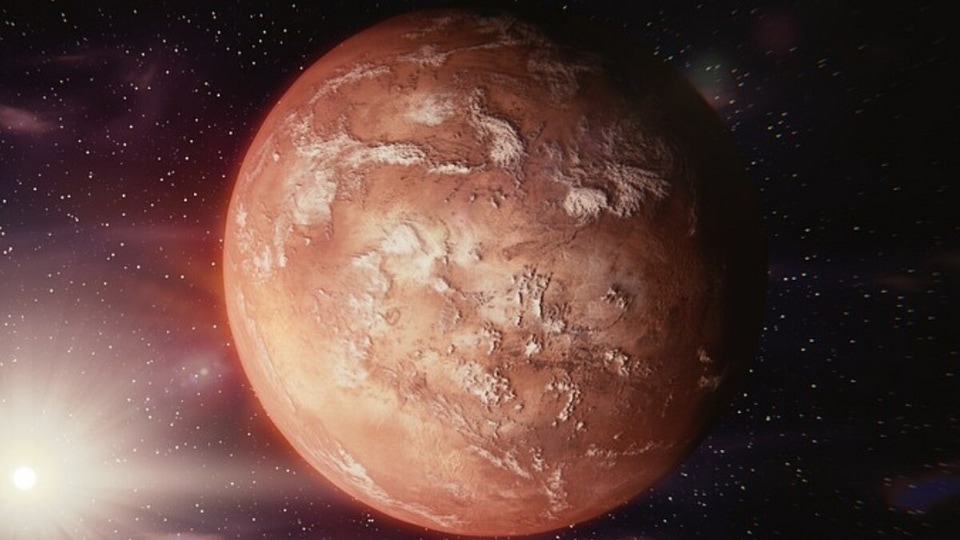
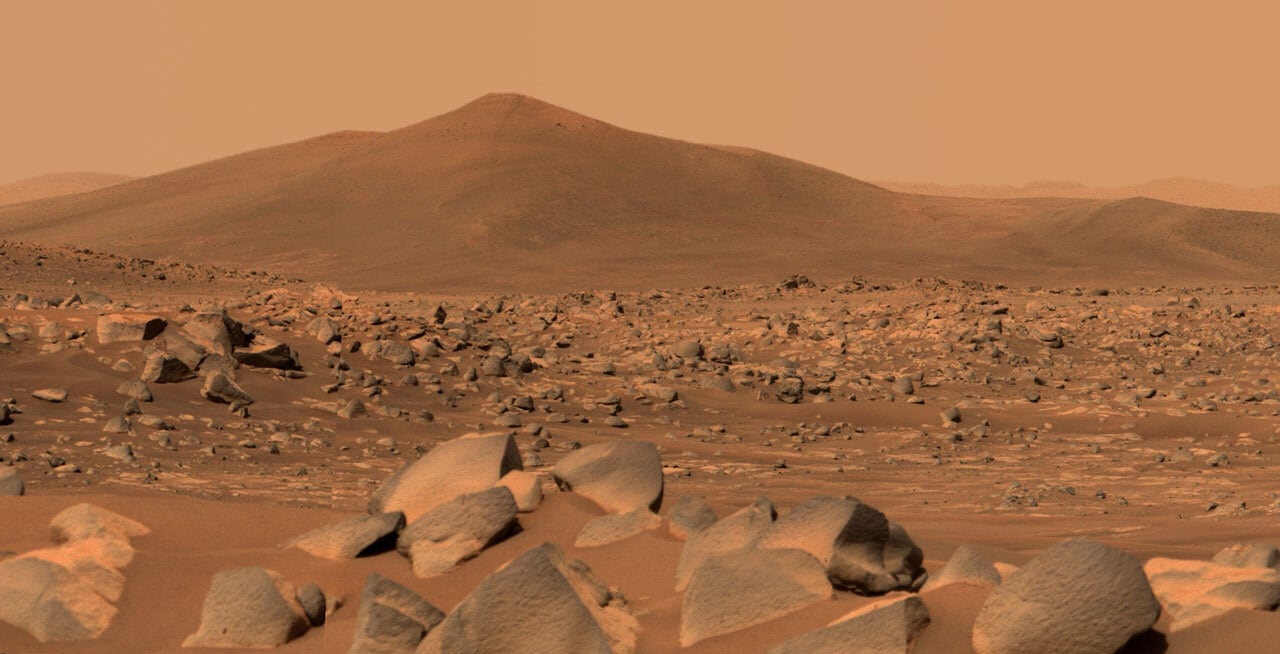

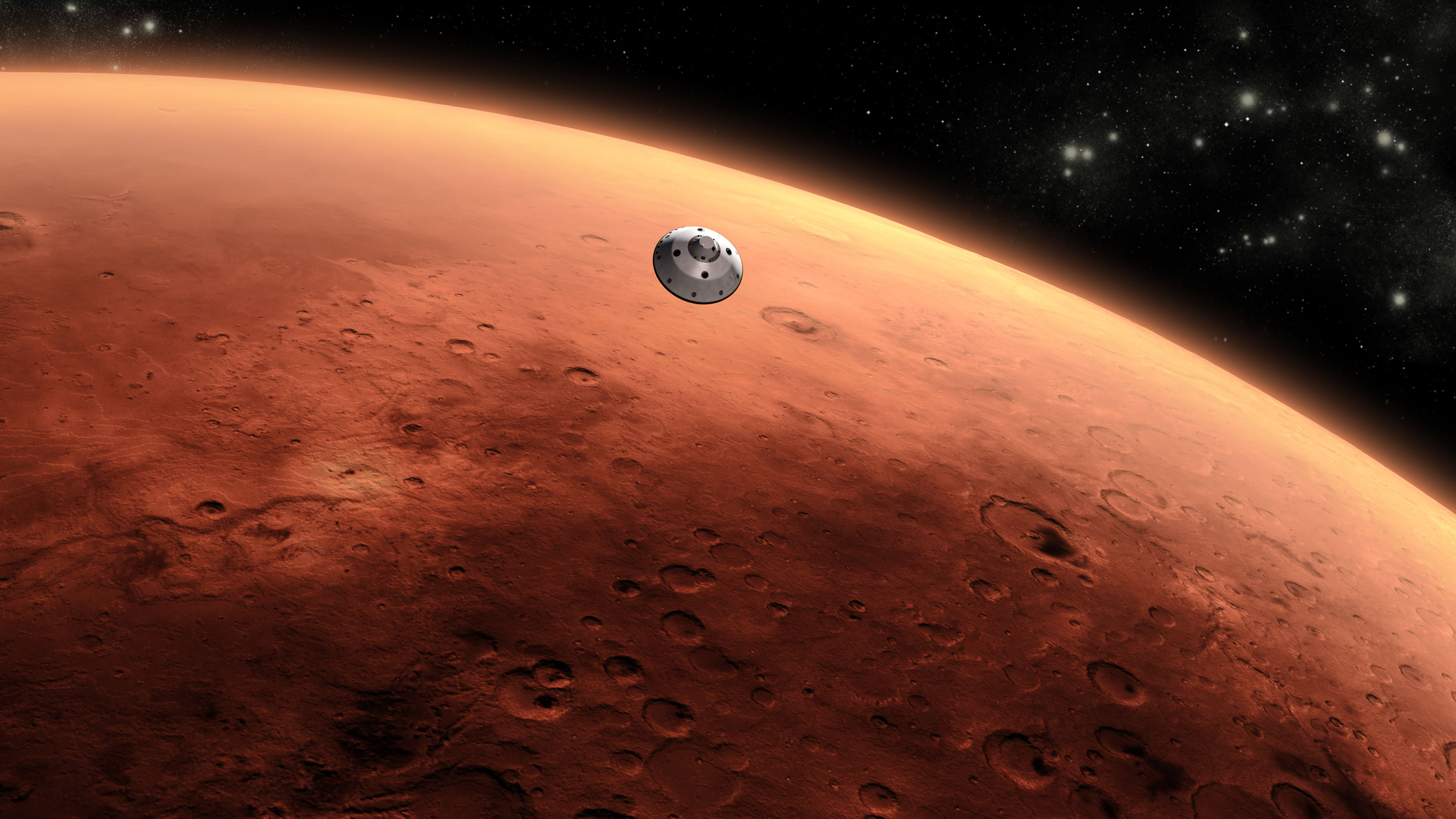
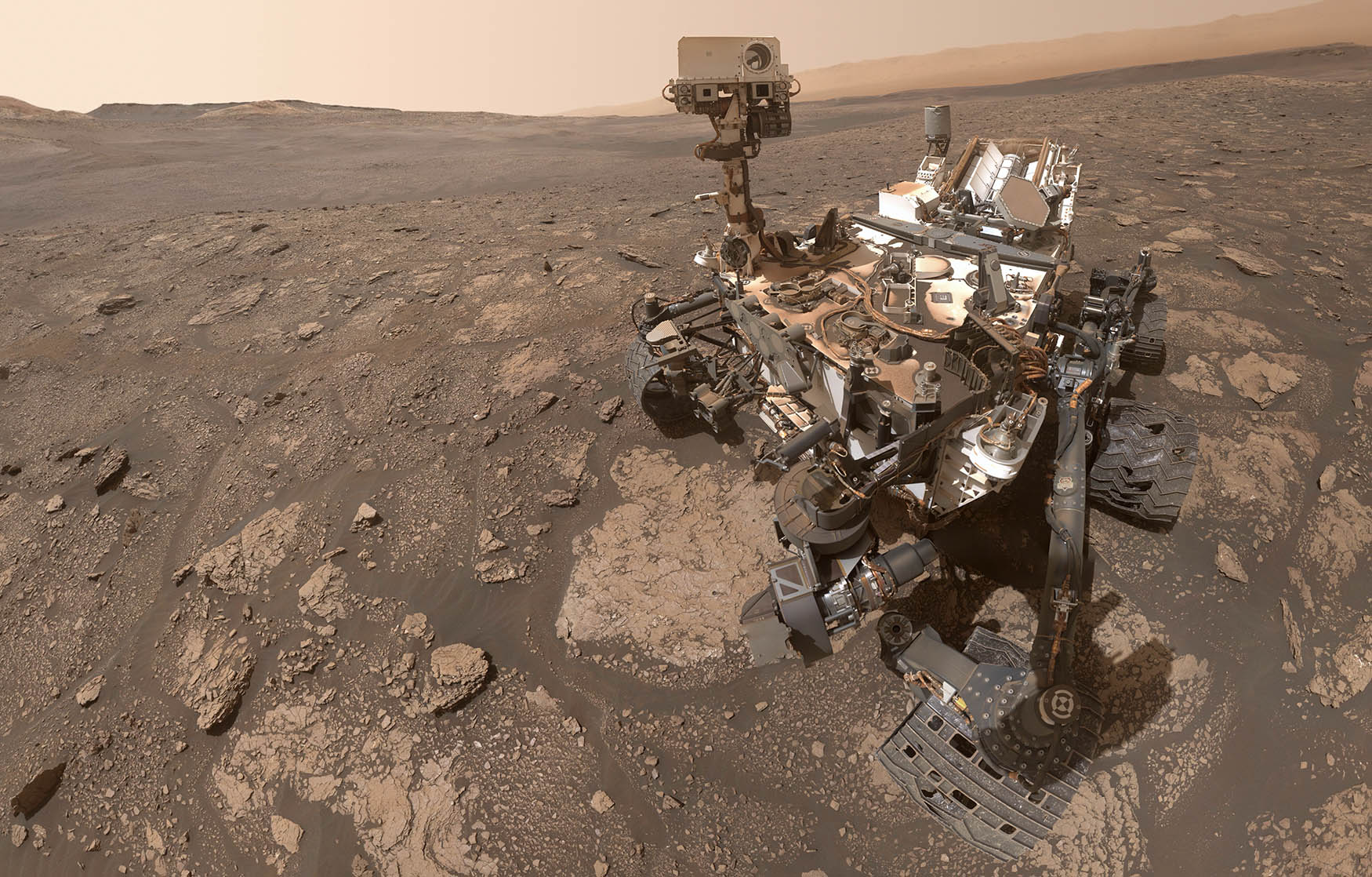
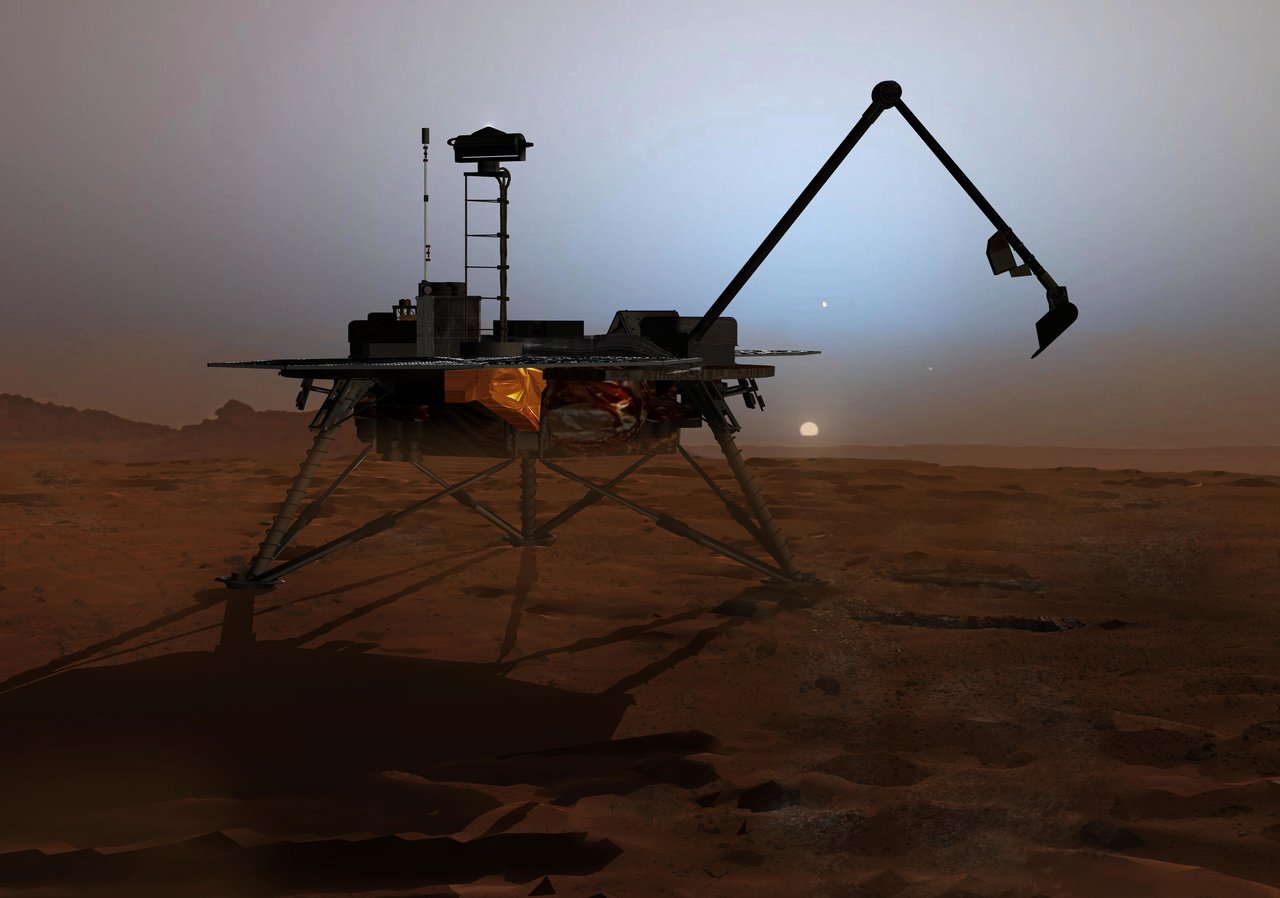
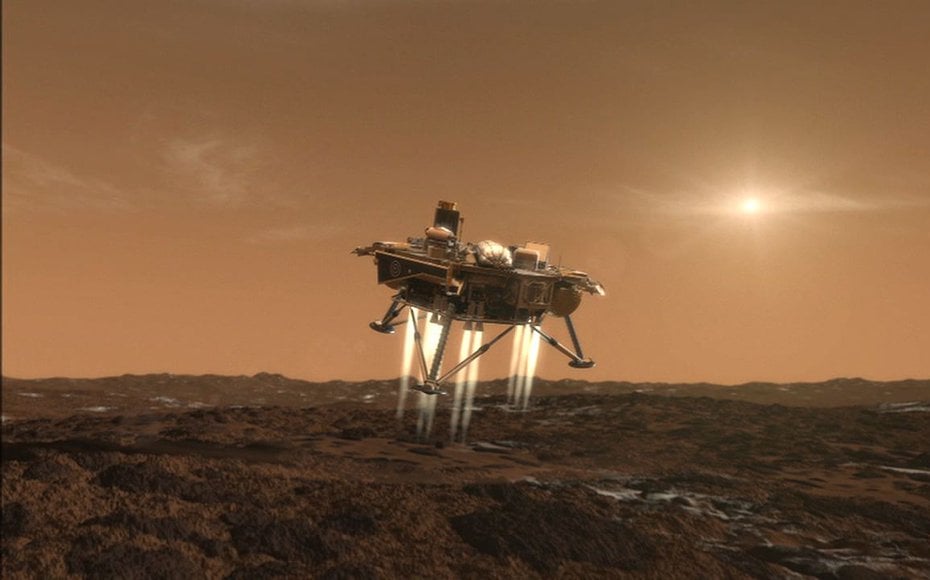
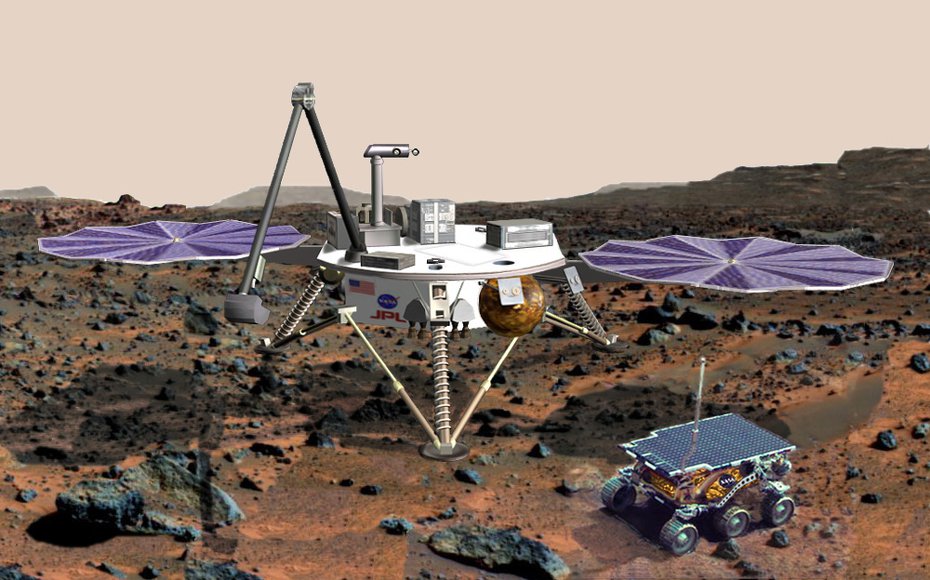

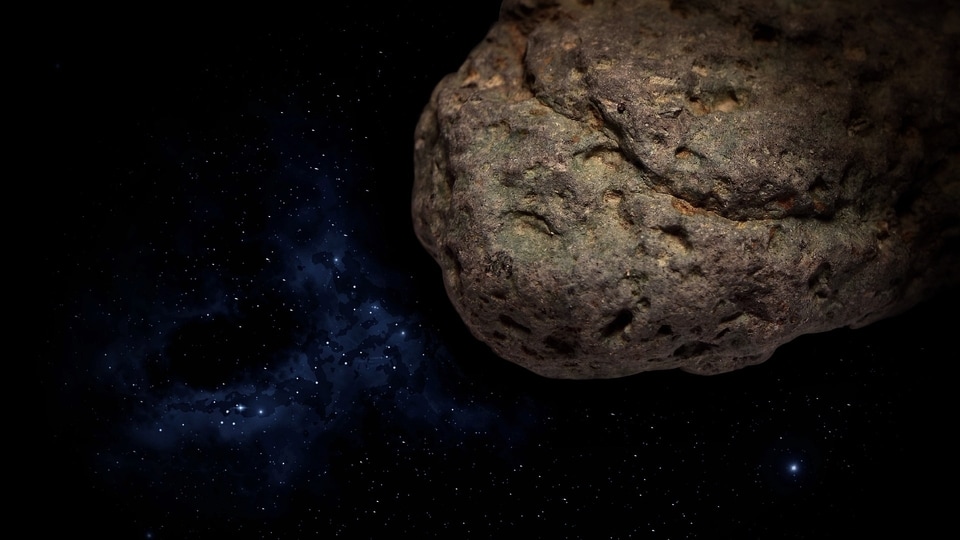
 View all Images
View all ImagesSeveral asteroids of varied sizes can be found in space travelling in their orbits. However, there are instances when these asteroids start heading towards the planet Earth and that too at a fiery speed. If a large asteroid collides or hits the planet, it could have a severe impact on humanity and the planet, even cause mass extinctions. NASA has informed that one such giant 95-foot airplane sized asteroid just passed by Earth on Saturday, November 10. The asteroid was travelling at a fearsome speed of 22176 kmph (6.16 km/sec) and made a closest approach of 7350000 kilometers to Earth.
No, this asteroid did not .cause any harm even though it has been labelled as being potentially hazardous on account of its close approach to Earth. However, it is not always so. An asteroid named Chicxulub is considered responsible for ending the era of dinosaurs on Earth. Therefore, to avoid such kind of massive dangerous collision, NASA has deployed various technologies to detect the terror in advance. NASA tracks the trajectory of these asteroids to see if they pose any danger to Earth.
Talking about how dangerous the asteroids can be for planet Earth, NASA informed that the vast majority of Near Earth Objects (NEOs) that enter Earth's atmosphere disintegrate before reaching the surface (and more than 100 tons of dust particles fall on Earth daily).
A potentially hazardous object (PHO) is a near-Earth object whose orbit brings it within 4.7 million miles (7.5 million km) of Earth's orbit, and is greater than 500 feet (140 meters) in size. Also, till date no known asteroid poses a significant risk of impact with Earth over the next 100 years. The highest risk of impact for a known asteroid is a 1 in 714 chance of impact by an asteroid designated 2009 FD in 2185.
NASA said, "One asteroid that NASA is studying up close, called Bennu, has a 1/2700 chance of impacting Earth between 2175 and 2195. The OSIRIS-REx spacecraft will complete a 2-year investigation of Bennu before plucking a sample of asteroid material off its surface and delivering it back to Earth."
Catch all the Latest Tech News, Mobile News, Laptop News, Gaming news, Wearables News , How To News, also keep up with us on Whatsapp channel,Twitter, Facebook, Google News, and Instagram. For our latest videos, subscribe to our YouTube channel.
































